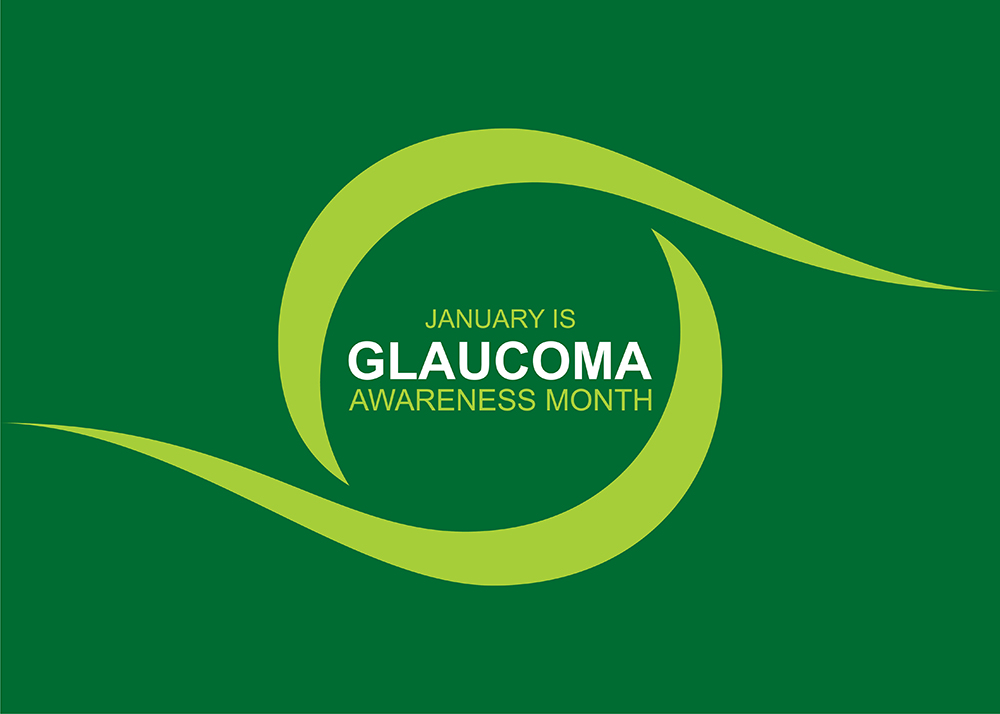The NIH says that glaucoma is the top cause of vision loss and blindness in the United States. January is Glaucoma Awareness Month. Because there are no early signs of glaucoma, half of the people who have it don’t even know they have it.
What exactly is glaucoma?
Glaucoma is a group of eye diseases that can hurt the optic nerve and make it hard to see or even go blind if they are not managed. There are nerves in the eye that connect to the brain. In the brain, they send information.
What makes glaucoma happen?
There is a small hole in the front of the eye that clear fluid runs in and out of. The tissue around the eye is fed by this clear fluid. The visual nerve is pressed on when the clear fluid moves too slowly. This pressure can hurt the optic nerve, which can lead to glaucoma and loss of sight.
Who is in danger?
Glaucoma can happen to anyone, but some groups are more likely to get it.
These groups include:
● People over 60
● People Black or African American and over 40
● People Hispanic or Latino
● People with a history of glaucoma in their family.
Are there any red flags?
In the beginning, there aren’t always any signs or pain. As your glaucoma gets worse, you may lose your peripheral vision over time. It could make you miss things to the side and out of the corner of your eye if you don’t treat it. It looks like you’re looking through a tube. Over time, your ability to see straight ahead may get worse until you can’t see at all.
How can the condition be found?
A professional eye doctor can tell if you have glaucoma by giving you a full dilated eye test. During the test, drops are put in your eyes to make your pupils bigger. Then, a special lens is used to look for damage in the optic nerve. Close-up vision might be cloudy for a few hours after the exam. You might also get a visual field test to check to see if the edges of your field of vision have changed.
What kinds of medicines can help with glaucoma?
You can’t get rid of glaucoma, but you can treat it so it doesn’t get worse. To protect your vision, you need to find it early. Eye drops and medicines can help your eyes drain fluid properly or make them make less fluid. Laser surgery can also help the eye’s fluid leave more easily. Surgery can make a new opening for the fluid to drain.
Keep your eyes safe. Do not be left out in the dark.
At least once every two years, you should get a full dilated eye test. When you are over 40 years old, you are African American; when you are over 60 years old, you are Mexican American; or you have a family history of glaucoma. Finding and treating glaucoma early can help keep it from getting worse and lower your risk of losing your sight. Medicare will pay for a dilated eye check once a year for some people who are at a high risk of getting glaucoma. People with diabetes, a family history of glaucoma, and African Americans ages 50 and up are all at risk.
In the US, half of the people who have cataracts don’t know they have it. Almost 3 million Americans have glaucoma. The sickness isn’t caught early because no one knows about it and there are no signs. That can be changed by you!
We’re here to help at MCR.
Our optometrists are proud to take care of the eyes of your whole family. Because they have worked with people of all ages, our optometrists can do full eye exams and treat a wide range of eye diseases and conditions. Glaucoma, cataracts, macular degeneration, eye accidents, pink eye, and dry eyes are just some of the conditions that are diagnosed, treated, and managed by this service. Along with local partners, we also offer advice and co-management for eye surgeries.
Make an appointment with one of our eye doctors right away!

